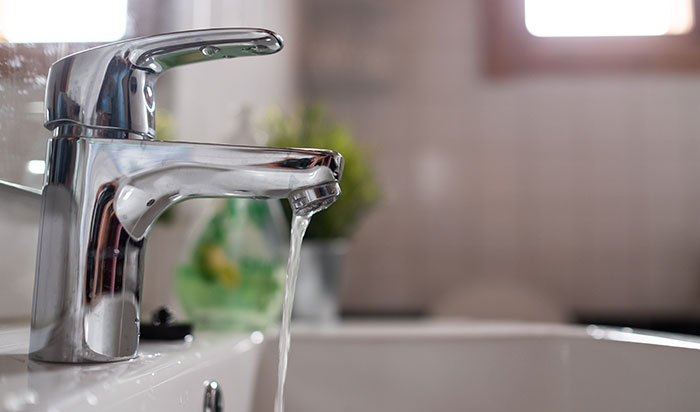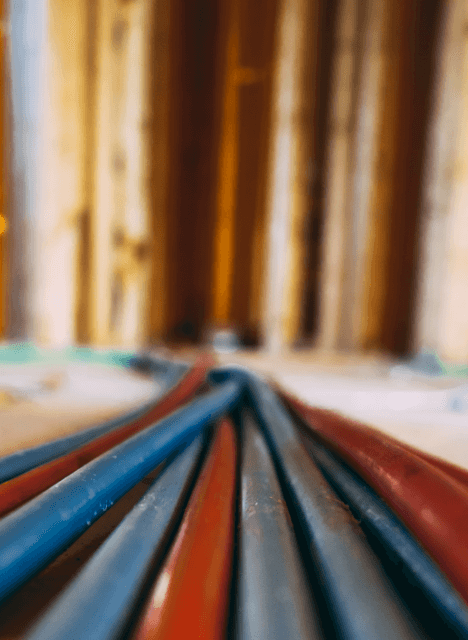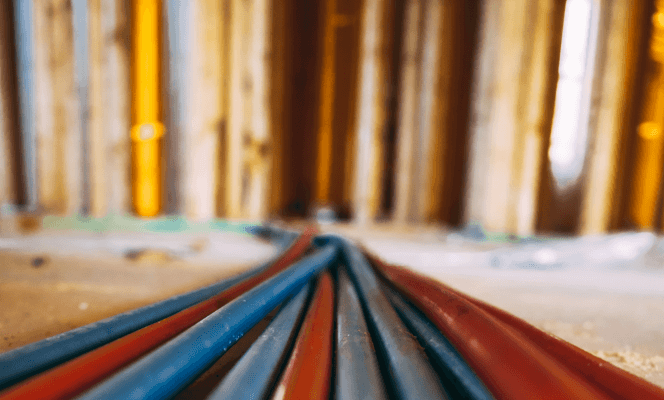Whether you have your own well or you are on a city system, you may start to experience water pressure problems if you live in an older home. Learn how to troubleshoot your plumbing so that you can make the most cost effective repairs.
No Water Pressure With a Well
If your water won’t come on at all, the first place to start is your pump. Turn on a faucet and wait to hear the pump kick on. If it doesn’t kick on, make sure you have power going to the pump. If you have power and it doesn’t kick on, the problem is in your switch.
If the pump kicks on and you still don’t have water, you may need to prime your pump or replace your current pipe and points (which may have become corroded to the point of blocking water). Before you do that, check to make sure your impeller is working. If it is stripped out for some reason the pump will still kick on but the impeller won’t be able to move water.
Check your outside spigot. If water is flowing to the spigot but not to the house, your pipes may need replacing. Older homes were built using galvanized steel pipes that become corroded or break over time.
These are also some of the steps you can take if you have a well and low water pressure. If this is the case, be sure to check your bladder to make sure it is holding pressure. The required pressure is written on the side of the bladder.
City Water
If none of the problems above were causing low or no water pressure, your pump is fine, but your pipes may not be. The problems here will be the same if you have well water or city water.
Hot or Cold?
Are you having problems with hot and cold, or just one of them? If the problem is only with the hot water, the issue could be that corrosion has built up in your water heater or the lines between the water heater and your faucets. You might consider investing in a tankless water heater.
If the problem is with hot and cold, you most likely have corrosion in all of your lines and maybe even some of your faucets and appliances. It’s time to call someone to repipe the house. Do not call a plumber because there are elements a plumber isn’t going to deal with, like fixing the drywall after they remove it to replace your pipes. Instead, call a repiping specialist who will know right away what the problem is and can fix the issue and prevent further problems in a matter of a few days. If you attempt to repipe the house yourself you are probably going to try to replace one or two pipes. As you work, the other pipes could very well break off in your hands. Soon you will have a mess you don’t want to deal with. Just call a repiper who can get the job done quickly and efficiently.




